Leaving Rio and heading to Santos, Brazil
Jan 30, 2024 7:03:36 GMT -5
Post by Huronna on Jan 30, 2024 7:03:36 GMT -5
As we were pulling out of Rio, we viewed full side of the tomorrow museum.
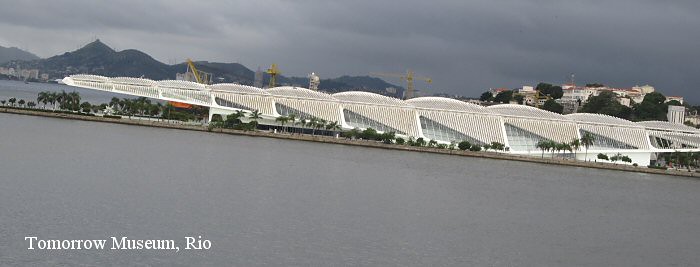
The Rio–Niterói Bridge (in Portuguese: Ponte Rio-Niterói), officially the President Costa e Silva Bridge, is a box girder bridge spanning the Guanabara Bay, connecting the cities of Rio de Janeiro and Niterói in the State of Rio de Janeiro, Brazil. We did not go under it, but parallel with it as we left Rio on our way to Santos.

Santos, a coastal city in southern Brazil's São Paulo state, is a major seaport stretching from the mainland to São Vicente Island. Founded in 1543 and named for the Hospital dos Santos in Lisbon, it was sacked by the English privateer Thomas Cavendish in 1591. It has become one of the world’s leading coffee ports, and the aroma of coffee permeates the city. The city is home to the internationally known Santos football (soccer) club and its sizable stadium; the team is perhaps best known for Pelé, a former player who is one of the most famous athletes in the world.
The Pele museum in Santos is full of memorabilia from the man dubbed "The King": jerseys and cleats he wore, balls from key matches, and numerous trophies -- including the honorary FIFA Golden Ball he received in 2014.
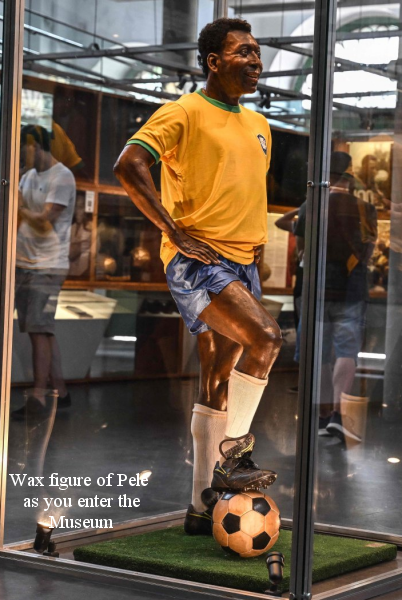
Today "The Bonde" is a major tourist attraction in Santos, with a single line running around downtown. Built in 1911, tram 32 is the oldest tram in circulation in the country. Of Scottish origin, it has advertisements on the outside and double stirrups, which, in the last century, facilitated access for women wearing skirts and dresses. The nine benches and stairs are original, and the driver's seat, all worked on, was restored after researching old photos. The vehicle has capacity for 45 passengers and opened the Tourist Line on 09/23/2000.
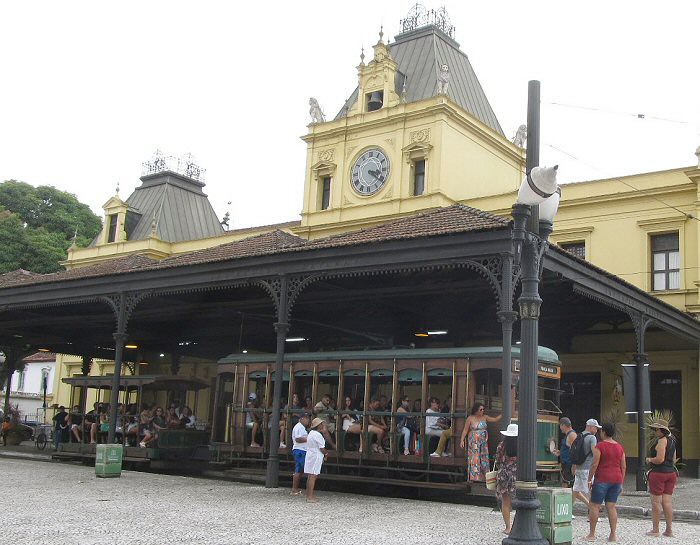
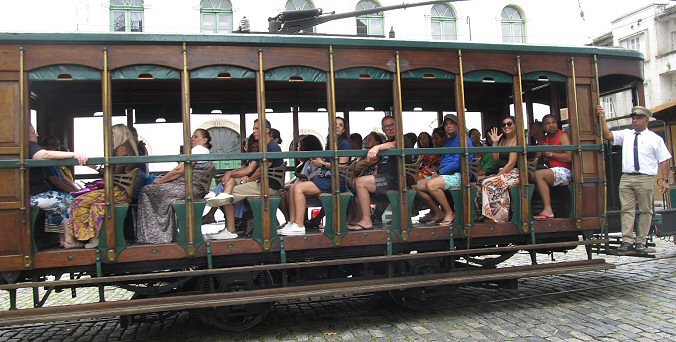
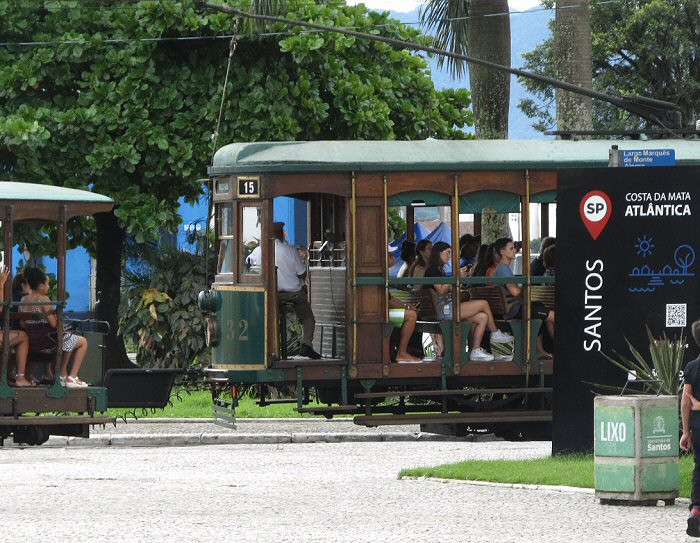
Shrine of St. Anthony of Valongo....Built in 1640, it is not the oldest chruch in town but it is still a beauty, displaying in its structure the basics of what was colonial architecture and on the subsequent decorations through the centuries a colourful and rich effect.

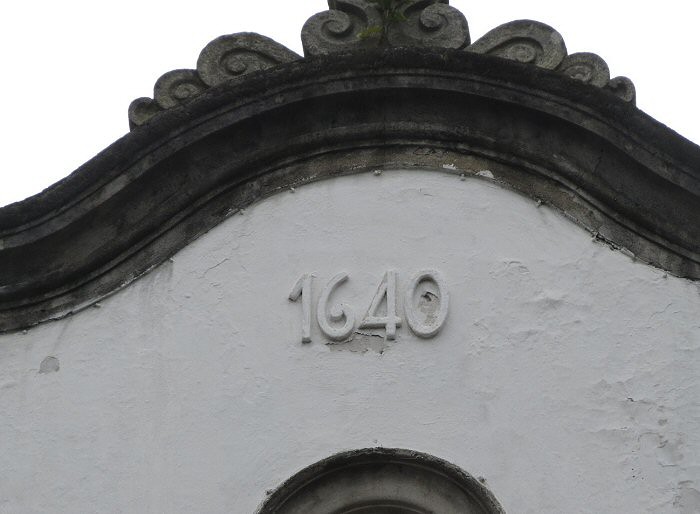
The seat of Santos City Hall, the Palácio José Bonifácio honors one of the most illustrious Santos residents, José Bonifácio, the Father of Brazilian Independence. With statues of Mercury and Minerva at the entrance, the building, constructed during the coffee boom years, is one of the few public buildings in São Paulo State that still has its original structure and most of its décor preserved.
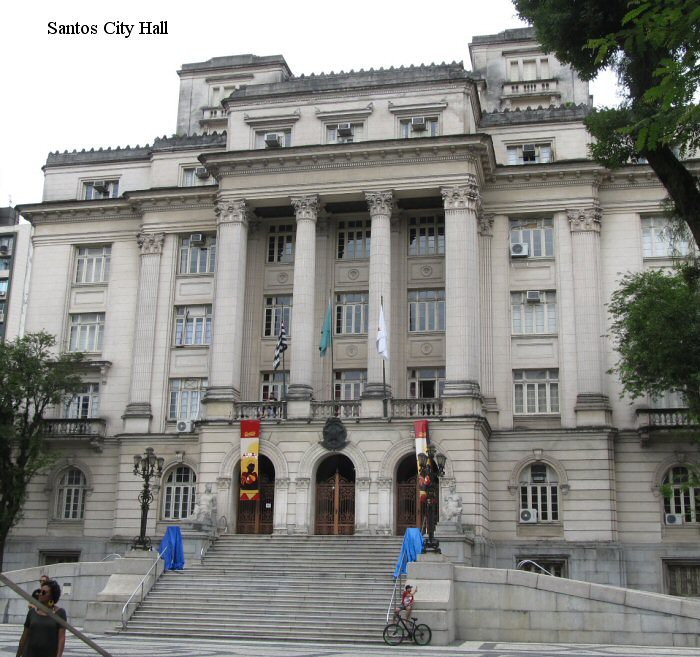


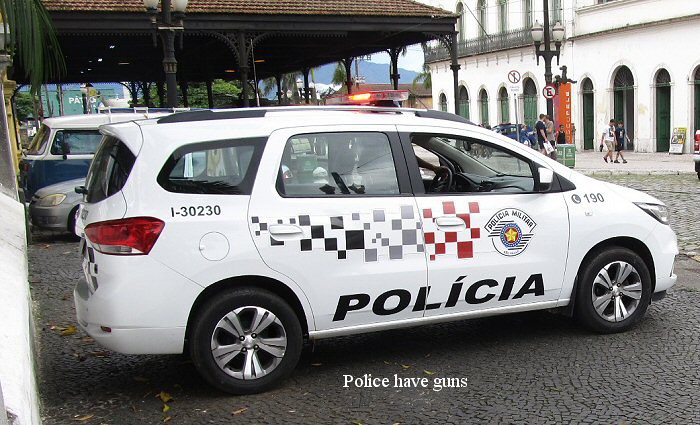
Coffee Museum
Inaugurated in 1998, the Coffee Museum is one of the main touristic attractions of the City of Santos and has as main purpose to preserve and make known the history of coffee in Brazil and in the world. Installed at the former official Coffee Exchange premises, which were inaugurated in 1922, the Coffee Museum has as its main feature the former trading floor – which includes the table and seventy chairs – where the deals that determined the daily prices of the coffee bags were closed. At this same place the visitors can admire the paintings “The port of Santos in 1822”, “The Foundation of the Town of Santos – 1545”, “The Port of Santos in 1922” and the stained window “The Saga of the Bandeirantes”, all of them by Painter Benedicto Calixto.
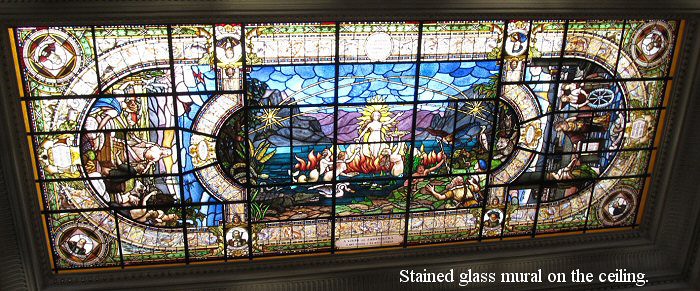
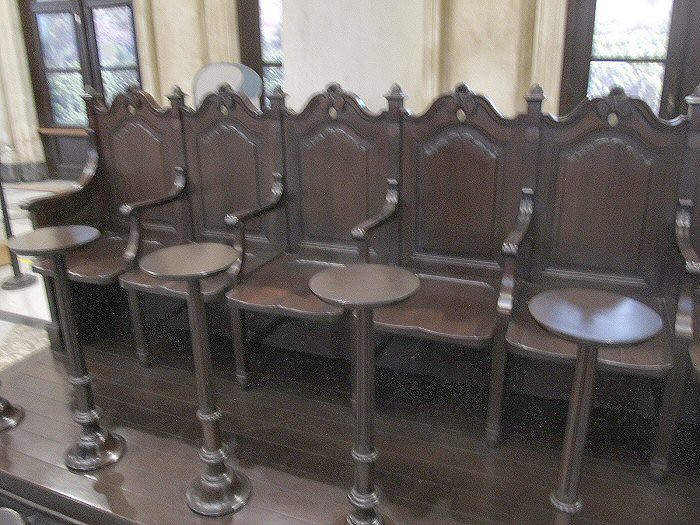
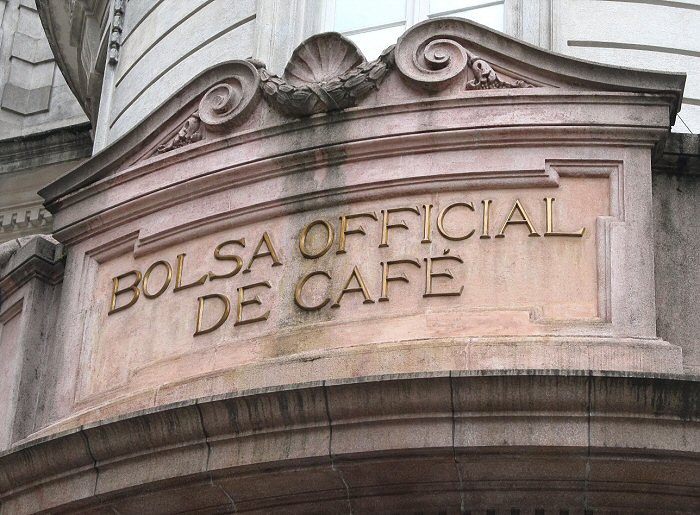
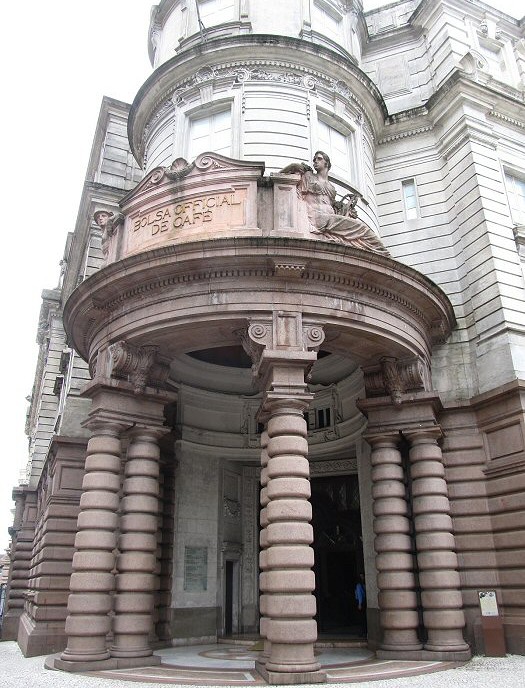
Botanical Garden and Orchidarium
A small Garden within the city , sadly there was not even one orchid there in boom. The few animals were in small cages and quite sad looking. I did see some turtles with large living area and a beautiful fountain at the entrance. The story was that originally the fountain was placed in from of a church, but was later deemed inapproproate for that area and moved here.
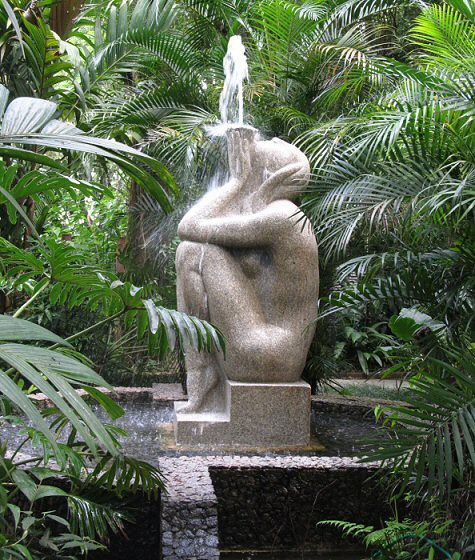
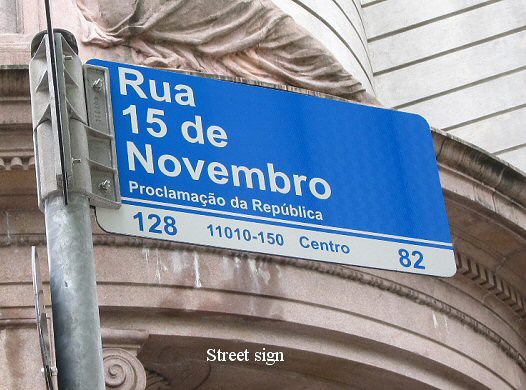
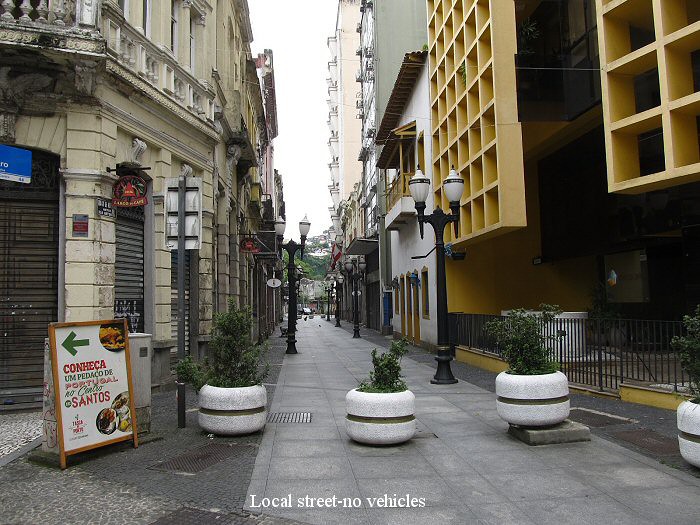
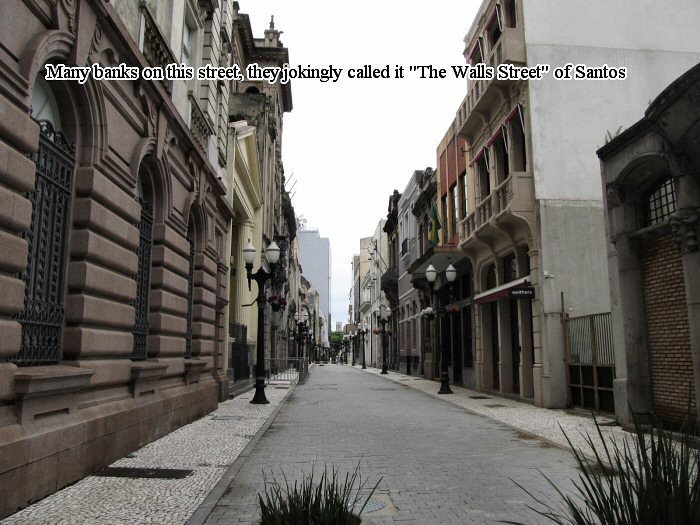

The Rio–Niterói Bridge (in Portuguese: Ponte Rio-Niterói), officially the President Costa e Silva Bridge, is a box girder bridge spanning the Guanabara Bay, connecting the cities of Rio de Janeiro and Niterói in the State of Rio de Janeiro, Brazil. We did not go under it, but parallel with it as we left Rio on our way to Santos.

Santos, a coastal city in southern Brazil's São Paulo state, is a major seaport stretching from the mainland to São Vicente Island. Founded in 1543 and named for the Hospital dos Santos in Lisbon, it was sacked by the English privateer Thomas Cavendish in 1591. It has become one of the world’s leading coffee ports, and the aroma of coffee permeates the city. The city is home to the internationally known Santos football (soccer) club and its sizable stadium; the team is perhaps best known for Pelé, a former player who is one of the most famous athletes in the world.
The Pele museum in Santos is full of memorabilia from the man dubbed "The King": jerseys and cleats he wore, balls from key matches, and numerous trophies -- including the honorary FIFA Golden Ball he received in 2014.

Today "The Bonde" is a major tourist attraction in Santos, with a single line running around downtown. Built in 1911, tram 32 is the oldest tram in circulation in the country. Of Scottish origin, it has advertisements on the outside and double stirrups, which, in the last century, facilitated access for women wearing skirts and dresses. The nine benches and stairs are original, and the driver's seat, all worked on, was restored after researching old photos. The vehicle has capacity for 45 passengers and opened the Tourist Line on 09/23/2000.



Shrine of St. Anthony of Valongo....Built in 1640, it is not the oldest chruch in town but it is still a beauty, displaying in its structure the basics of what was colonial architecture and on the subsequent decorations through the centuries a colourful and rich effect.


The seat of Santos City Hall, the Palácio José Bonifácio honors one of the most illustrious Santos residents, José Bonifácio, the Father of Brazilian Independence. With statues of Mercury and Minerva at the entrance, the building, constructed during the coffee boom years, is one of the few public buildings in São Paulo State that still has its original structure and most of its décor preserved.




Coffee Museum
Inaugurated in 1998, the Coffee Museum is one of the main touristic attractions of the City of Santos and has as main purpose to preserve and make known the history of coffee in Brazil and in the world. Installed at the former official Coffee Exchange premises, which were inaugurated in 1922, the Coffee Museum has as its main feature the former trading floor – which includes the table and seventy chairs – where the deals that determined the daily prices of the coffee bags were closed. At this same place the visitors can admire the paintings “The port of Santos in 1822”, “The Foundation of the Town of Santos – 1545”, “The Port of Santos in 1922” and the stained window “The Saga of the Bandeirantes”, all of them by Painter Benedicto Calixto.




Botanical Garden and Orchidarium
A small Garden within the city , sadly there was not even one orchid there in boom. The few animals were in small cages and quite sad looking. I did see some turtles with large living area and a beautiful fountain at the entrance. The story was that originally the fountain was placed in from of a church, but was later deemed inapproproate for that area and moved here.











